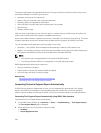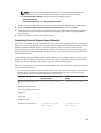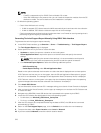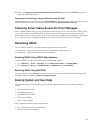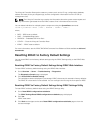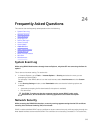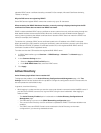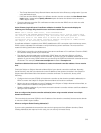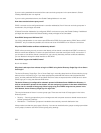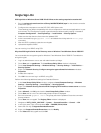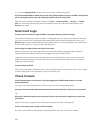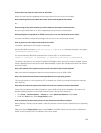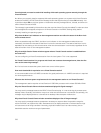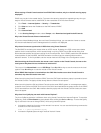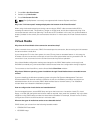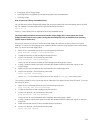If you are using standard schema and all the users and role groups are in the same domain, Global
Catalog Address(es) are not required.
If you are using extended schema, the Global Catalog Address is not used.
How does standard schema query work?
iDRAC connects to the configured domain controller address(es) first. If the user and role groups are in
that domain, the privileges are saved.
If Global Controller Address(es) is configured, iDRAC continues to query the Global Catalog. If additional
privileges are retrieved from the Global Catalog, these privileges are accumulated.
Does iDRAC always use LDAP over SSL?
Yes. All the transportation is over secure port 636 and/or 3269. During test setting, iDRAC does a LDAP
CONNECT only to isolate the problem, but it does not do an LDAP BIND on an insecure connection.
Why does iDRAC enable certificate validation by default?
iDRAC enforces strong security to ensure the identity of the domain controller that iDRAC connects to.
Without certificate validation, a hacker can spoof a domain controller and hijack the SSL connection. If
you choose to trust all the domain controllers in your security boundary without certificate validation,
you can disable it through the Web interface or RACADM.
Does iDRAC support the NetBIOS name?
Not in this release.
Why does it take up to four minutes to log in to iDRAC using Active Directory Single Sign–On or Smart
Card Login?
The Active Directory Single Sign–On or Smart Card log in normally takes less than 10 seconds, but it may
take up to four minutes to log in if you have specified the preferred DNS server and the alternate DNS
server, and the preferred DNS server has failed. DNS time-outs are expected when a DNS server is down.
iDRAC logs you in using the alternate DNS server.
The Active Directory is configured for a domain present in Windows Server 2008 Active Directory. A
child or sub domain is present for the domain, the user and group is present in the same child domain,
and the user is a member of that group. When trying to log in to iDRAC using the user present in the
child domain, Active Directory Single Sign-On login fails.
This may be because of the an incorrect group type. There are two kinds of Group types in the Active
Directory server:
• Security — Security groups allow you to manage user and computer access to shared resources and
to filter group policy settings.
• Distribution — Distribution groups are intended to be used only as email distribution lists.
Always make sure that the group type is Security. You cannot use distribution groups to assign permission
on any object, however use them to filter group policy settings.
326



